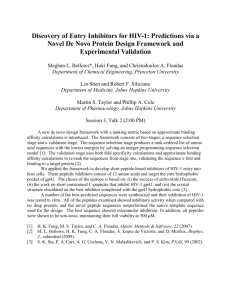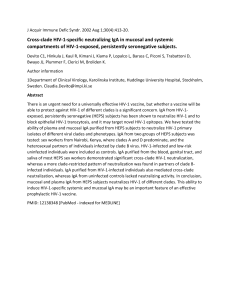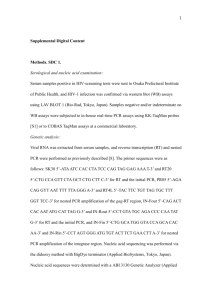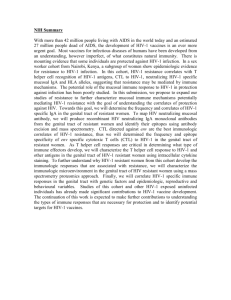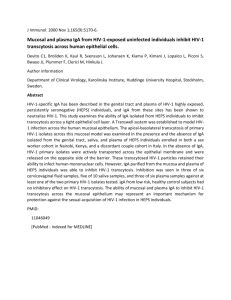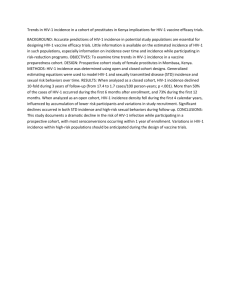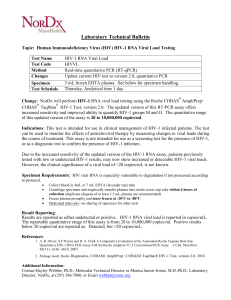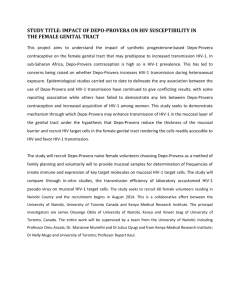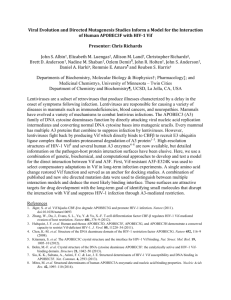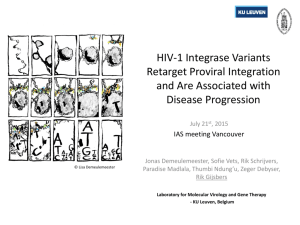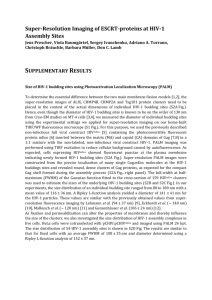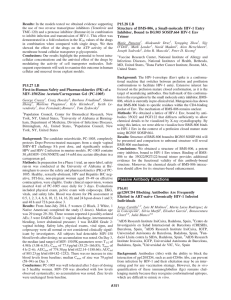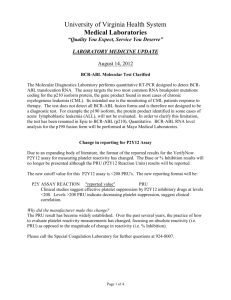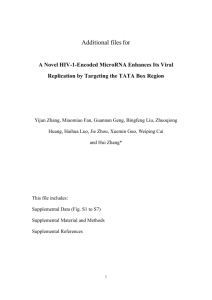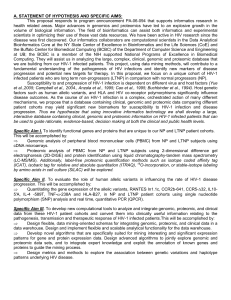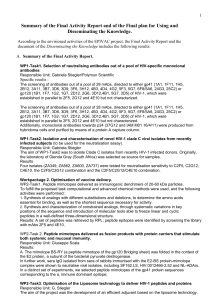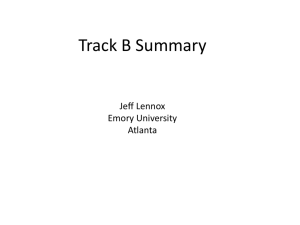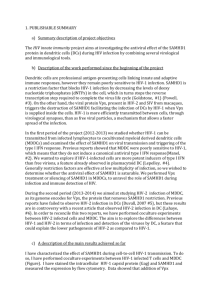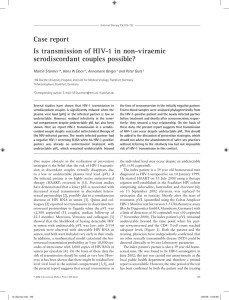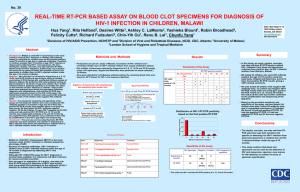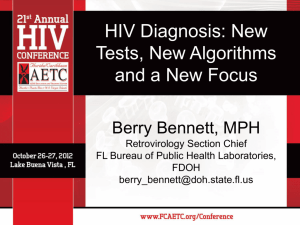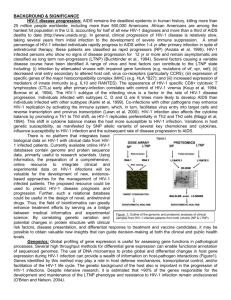DOC
advertisement
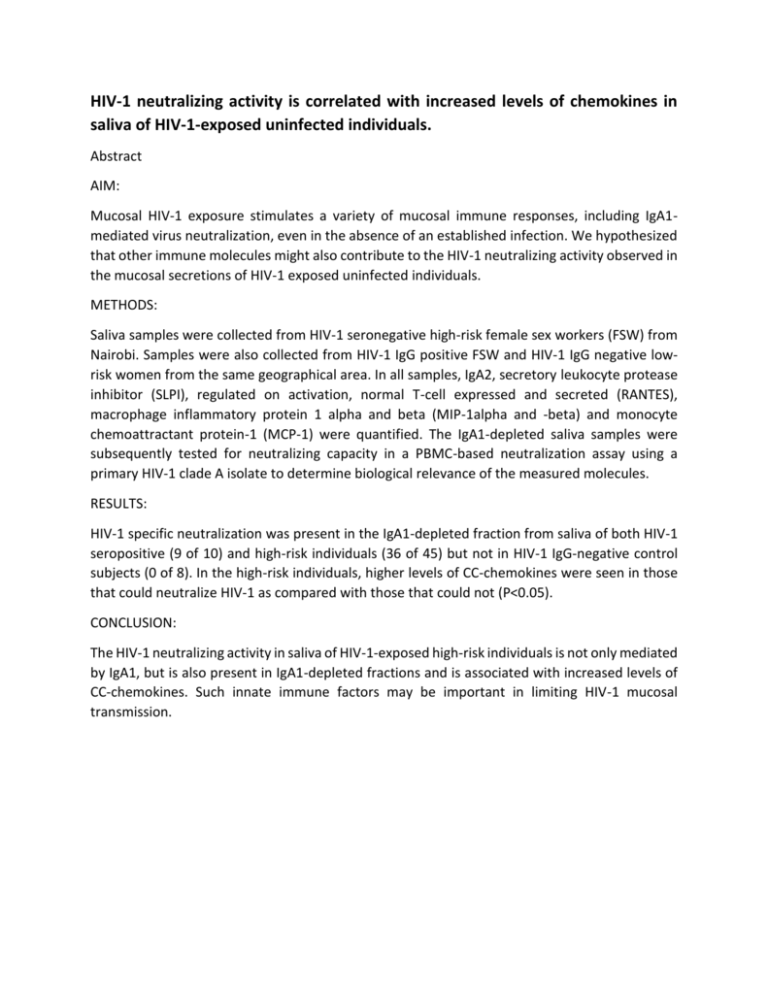
HIV-1 neutralizing activity is correlated with increased levels of chemokines in saliva of HIV-1-exposed uninfected individuals. Abstract AIM: Mucosal HIV-1 exposure stimulates a variety of mucosal immune responses, including IgA1mediated virus neutralization, even in the absence of an established infection. We hypothesized that other immune molecules might also contribute to the HIV-1 neutralizing activity observed in the mucosal secretions of HIV-1 exposed uninfected individuals. METHODS: Saliva samples were collected from HIV-1 seronegative high-risk female sex workers (FSW) from Nairobi. Samples were also collected from HIV-1 IgG positive FSW and HIV-1 IgG negative lowrisk women from the same geographical area. In all samples, IgA2, secretory leukocyte protease inhibitor (SLPI), regulated on activation, normal T-cell expressed and secreted (RANTES), macrophage inflammatory protein 1 alpha and beta (MIP-1alpha and -beta) and monocyte chemoattractant protein-1 (MCP-1) were quantified. The IgA1-depleted saliva samples were subsequently tested for neutralizing capacity in a PBMC-based neutralization assay using a primary HIV-1 clade A isolate to determine biological relevance of the measured molecules. RESULTS: HIV-1 specific neutralization was present in the IgA1-depleted fraction from saliva of both HIV-1 seropositive (9 of 10) and high-risk individuals (36 of 45) but not in HIV-1 IgG-negative control subjects (0 of 8). In the high-risk individuals, higher levels of CC-chemokines were seen in those that could neutralize HIV-1 as compared with those that could not (P<0.05). CONCLUSION: The HIV-1 neutralizing activity in saliva of HIV-1-exposed high-risk individuals is not only mediated by IgA1, but is also present in IgA1-depleted fractions and is associated with increased levels of CC-chemokines. Such innate immune factors may be important in limiting HIV-1 mucosal transmission.
